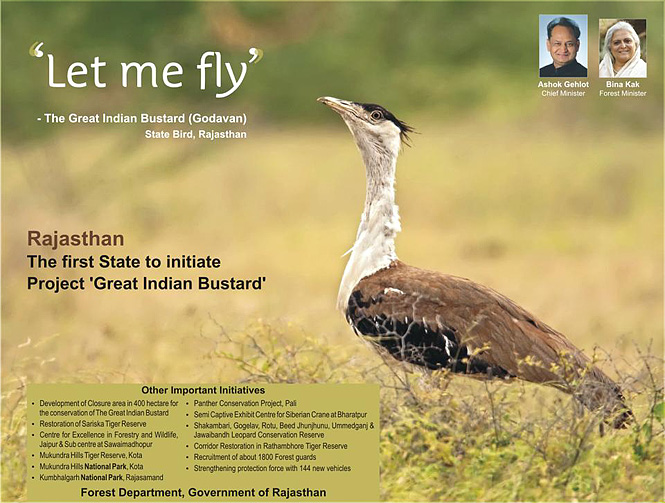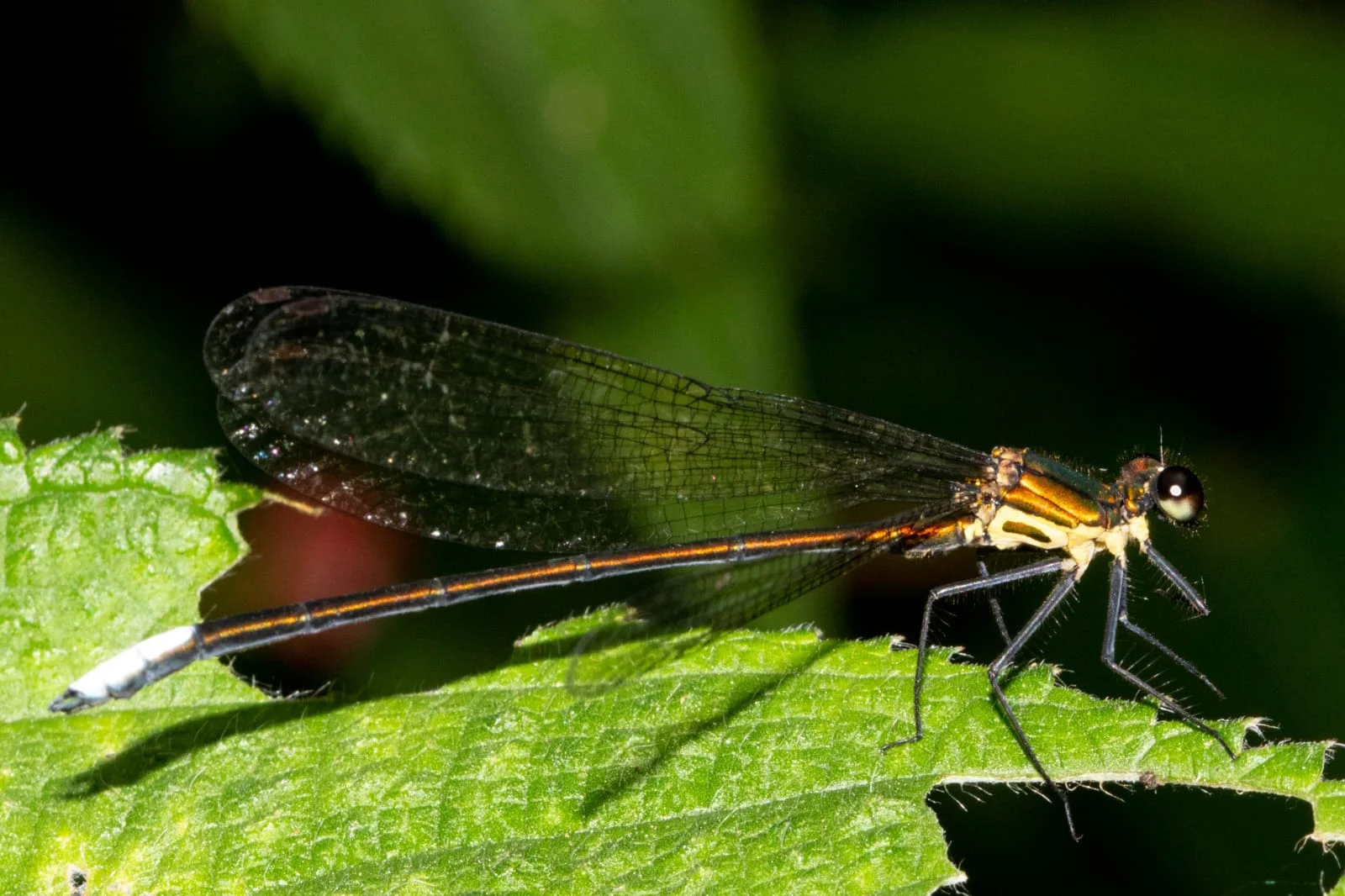- Courses
- GS Full Course 1 Year
- GS Full Course 2 Year
- GS Full Course 3 Year
- GS Full Course Till Selection
- Online Program
- GS Recorded Course
- NCERT (Recorded 500+ Hours)
- Polity Recorded Course
- Geography Recorded Course
- Economy Recorded Course
- AMAC Recorded Course
- Modern India, Post Independence & World History
- Environment Recoded Course
- Governance Recoded Course
- Science & Tech. Recoded Course
- International Relations and Internal Security Recorded Course
- Disaster Management Module Course
- Ethics Recoded Course
- Essay Recoded Course
- Current Affairs Recoded Course
- CSAT
- 5 LAYERED ARJUNA Mentorship
- Public Administration Optional
- ABOUT US
- OUR TOPPERS
- TEST SERIES
- FREE STUDY MATERIAL
- VIDEOS
- CONTACT US
THREATS TO THE GREAT INDIAN BUSTARD
THREATS TO THE GREAT INDIAN BUSTARD
02-04-2024
- The Supreme Court is reconsidering its 2021 order on burying power lines in the habitat of the Great Indian Bustard.
- The government has raised concerns about the challenges and costs of implementing the order.
- A committee will be formed to suggest measures for the conservation of the Great Indian Bustard.
- The government is also working on initiatives like captive breeding to help conserve the Great Indian Bustard.

About Great Indian Bustard (GIB)
- The Great Indian Bustard (GIB) (Ardeotis nigriceps) is a critically endangered bird species native to the Indian subcontinent.
- With less than 150 individuals left in the wild, the GIB faces several threats that are driving it towards extinction.
- The GIB mainly inhabits the grasslands and shrublands of the Thar Desert and Deccan Plateau in India.
- Its range has declined significantly due to habitat loss and fragmentation.
- This bird is now restricted to small areas in the states of Rajasthan, Gujarat, Maharashtra, Karnataka and Andhra Pradesh.
Threats to the Great Indian Bustard
- Power Lines: High-tension power lines crossing the GIB's habitat pose a significant threat to the birds. Due to its large size and limited frontal vision, the GIB is prone to collision with these power lines, often resulting in death.
- Habitat Loss and Fragmentation: Conversion of grasslands and shrublands for agricultural purposes, industrial development and infrastructure projects has led to loss and fragmentation of gibbon habitat.
- Hunting: Although hunting GIBs is illegal in India, sporadic incidents of poaching still occur, further endangering the species.
- Pesticide Use: Widespread use of pesticides in agricultural areas near GIB habitats can lead to accumulation of toxins in the birds' bodies, which can negatively impact their health and reproduction.
- Free-ranging Dogs: The increasing population of free-ranging dogs in GIB habitat poses a threat to birds, especially during the breeding season when dogs may prey on eggs and chicks.
Conservation Efforts
- Habitat Protection: Efforts are underway to identify and conserve critical habitats for the Great Indian Bustard (GIB), such as the Thar Desert and the grasslands of the Deccan Plateau.
- Power Line Mitigation: To reduce the risk of bird collisions, administration and conservation groups are working to install bird diverters on power lines and, in some situations, to bury the wires underground.
- Captive Breeding: Conservationists have initiated captive breeding programs to increase GIB populations and eventually release the birds back into the wild.
- In March 2023, the first successful captive hatching of a GIB chick was reported.
- Community Involvement: Involving local communities in conservation efforts is important for the long-term survival of the species.
- It is also important to raise awareness about the importance of GIB and its habitat.



